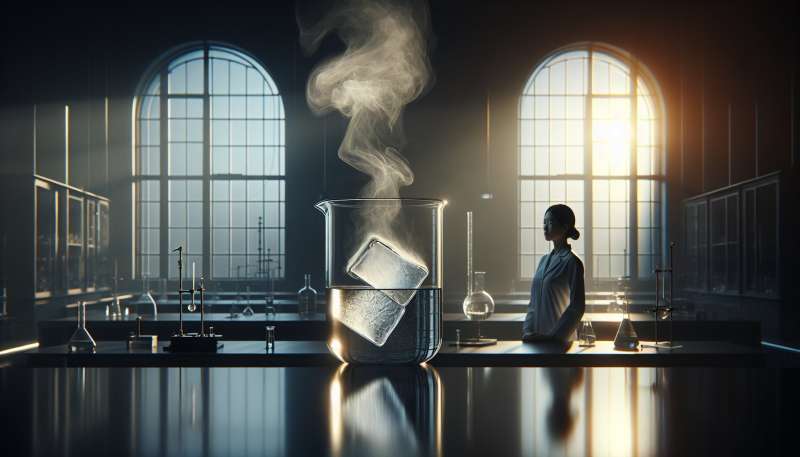
Understanding Matter Fundamentals
Matter, composed of atoms, has three states: solid, liquid, gas. Did you know glass, often considered solid, flows very slowly, challenging our perception of solids?
The Atomic Structure
Atoms consist of protons, neutrons, and electrons. Protons have a positive charge, while electrons are negative. Surprisingly, 99.9% of an atom's volume is just empty space!
Chemical Bonds Explained
Atoms form molecules by sharing or exchanging electrons through covalent or ionic bonds. A lesser-known bond, the hydrogen bond, is weaker but crucial in DNA's structure.
Mysteries of Gravity
Gravity, the weakest fundamental force, remains a puzzle. It's so weak that a small magnet can overcome Earth's gravitational pull on a paperclip!
Photosynthesis Unveiled
Plants convert light into energy through photosynthesis. Interestingly, they use only a fraction of sunlight, with most energy reflected or transmitted – a potential untapped energy source.
Cellular Respiration
Cells convert glucose into ATP energy via respiration. Astonishingly, a single cell can produce around 38 ATP molecules from one glucose molecule!
Conservation of Energy
Energy cannot be created or destroyed, only transformed. Remarkably, the total energy of a closed system remains constant over time, a principle underlying all physical processes.Chilling Superfluid Phenomena
Helium-4, when cooled to near absolute zero, can flow against gravity and climb up walls, defying ordinary fluid behavior!
What flows very slowly?
Solid glass over time
Liquid water always
Gaseous air permanently
Company